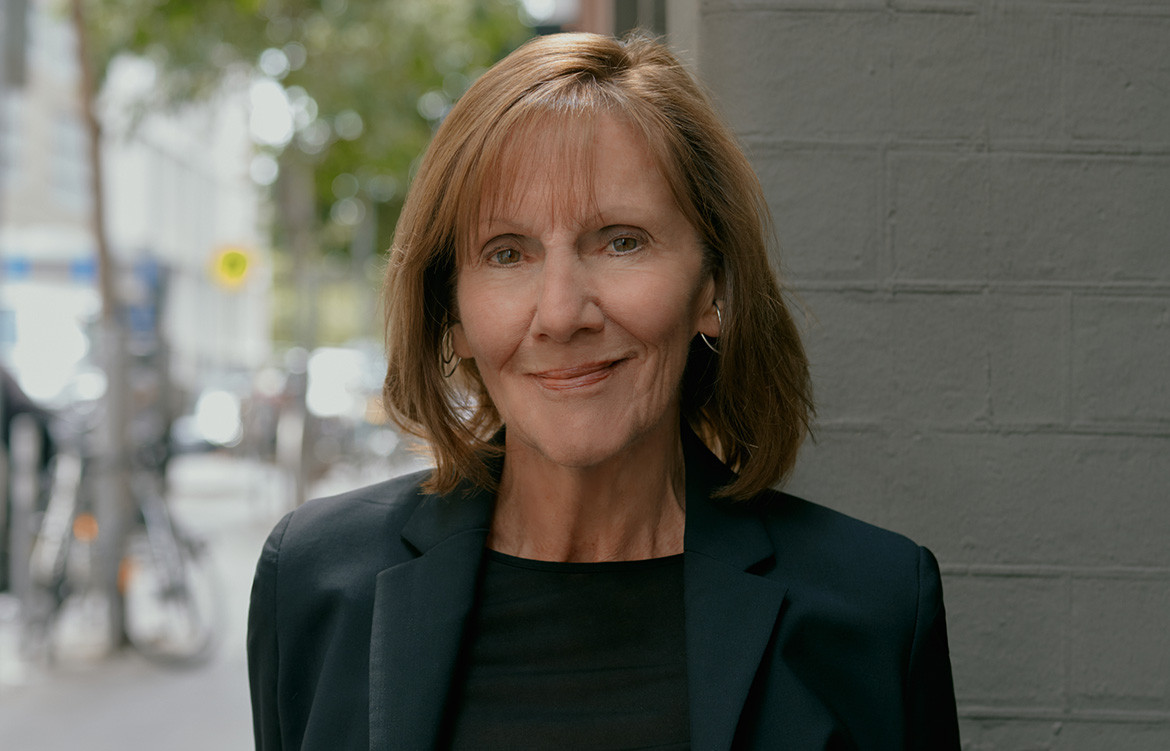When Sue Carr co-founded her first design studio in 1971, interior design was a mere afterthought in the overall design process. Five decades later, the perception around it has changed tremendously, and there is no doubt that Carr’s Founding Principal has played a crucial role in advancing its progress and giving the discipline the notoriety it deserves.
So magnificent is her contribution that in 2006 Sue was inducted in the Design Institute of Australia’s Hall of Fame in recognition of her visionary legacy. And just this year, she has been awarded an (AM) of the Order of Australia (General Division) for her meaningful service to interior design, education and women in business.
Sue’s incredibly accomplished, influential, and frankly unparalleled career, spans over five decades. As the Carr studio celebrates its 50th birthday, we ask the designer how it all started and what led her to where she is now. Even though Sue admits she wasn’t necessarily born into interior design and only developed an interest in the discipline when she began university, her upbringing certainly informed her future passion. “My entire childhood was geared towards a life in design; a life that would allow me to exercise my two greatest passions – science and art,” she explains.
She was immediately attracted to interior design. “It was about the science of how we live and interact with one another in the environments that surround us,” she says. This importance of fusing the discipline of everyday living with the art of producing well-designed spaces is what Sue was instantly captivated by. “Design was original, different and new; it was a field full of possibilities and potential,” she recalls.
Of course, this instantaneous fascination with interior design didn’t fade away. In fact, it’s hard not to draw parallels between what Sue found so alluring about design at the start with the qualities that now permeate the studio’s original and unique designs. Encompassing an integrated interior design and architectural offering, the practice prides itself in designing buildings from the inside out, always striving to enrich people’s lives. Sue’s own home very much embodies the studio’s design philosophy. “Timeless, light-filled spaces; contemporary, thoughtful detailing; pure, clean lines and a strong, simple design that responds to our needs,” she says of her private refuge. “Quality over quantity,” she says when we ask what home means to her. “It’s not about trends and what looks good; it’s about things that make us feel great and about choices that incorporate social and environmental sustainability.”
Sue says that as our lives become busier, we want our homes to be our havens – and kitchens are at the heart of these sanctuaries. That’s why they must be not only beautiful but also efficient and practical. “Outside of one’s workspace, it’s where the majority of people spend most of their time. It is also the social hub of the home, and its purpose reveals the increased importance that cooking, food, and conversation has on our lives today.” Sue adds that the design of a kitchen should integrate with the house, so there are no obvious departures in materiality, aesthetics and design.
Many of these qualities have been reflected in this year’s Gaggenau Kitchen of the Year Design Contest submissions. “The best-designed kitchens in the Gaggenau Kitchen of the Year awards represented a composition of fully integrated appliances, streamlined, crisp joinery, beautifully detailed materials and fixtures and importantly a layout that supported the requirements of its users,” she explains. The focus on the user’s needs is intertwined with the fact that spaces are becoming less and less defined, a change Sue is noticing in the kitchen design space. “As designers and architects, we have to work like problem-solvers. It’s about creating an environment that can enhance our life and adapt to the way our lifestyles are changing,” she says. “Laundries are now often integrated into the kitchen, and kitchens are now multi-functional spaces acting as workspaces, cooking spaces, social spaces, dining spaces. As a result, spaces will have to work harder to accommodate multiple uses by multiple people.”
Sue says that as appliances have become more streamlined and integration increases in popularity, the kitchen of the future will be very different. She uses the humble dining table as an example. “It has always been at the heart of the kitchen, a place for preparing food and eating it. But as the world changes, so will our needs. That means that the table of the future will be designed to do so much more: it’s our preparation surface, hob, dining table, workbench and children’s play area.” She concludes with a positive remark on the growing role of tech in the kitchen, “Technology will play its part too, helping to make us more confident cooks, while letting less food go to waste.”

